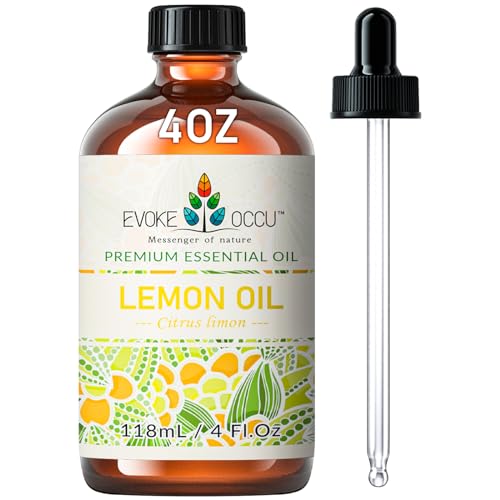How to make DIY washing machine cleaner – 3 solutions to common washer problems
Keep your laundry fresh with these top recipes for DIY washing machine cleaner


It is a task we often forget about, but cleaning a washing machine is essential to keeping our laundry fresh and our clothes and linens in top condition.
While several commercial washing machine cleaners are on the market, some high in chemicals could leave you worried that lingering residue could affect your clothes. What’s more, it can be pricey, and bad for the environment.
That is why the experts turn to making DIY washing machine cleaners instead, helping them save time, money, and stress when cleaning a washing machine.
DIY washing machine cleaner
Here, professional cleaners have shared their three favorite recipes for making DIY washing machine cleaners to conquer every cleaning conundrum, from cleaning a washing machine that smells to freeing it from product build-up and mold stains.
1. Use vinegar and baking soda for deep cleans

One of the easiest and most effective DIY washing machine cleaners consists of cleaning with vinegar and cleaning with baking soda, begins Hyacinth Tucker, laundry expert and owner of Laundry Basket:
‘For quick and effective washing machine maintenance, start by pouring two cups of distilled white vinegar into the detergent drawer and sprinkle ½ cup of baking soda right into the drum. Run the machine on a hot cycle to banish any detergent residue and lingering odors,’ she recommends.
‘The acidic nature of the vinegar helps to dissolve mineral deposits and soap scum that may accumulate in the washing machine. It also helps to deodorize and sanitize the interior surfaces,’ explains Alicia Sokolowski, president and CEO at AspenClean. ‘Baking soda is mildly abrasive and works as a gentle scrubbing agent to help loosen the dirt and grime. It also helps to neutralize odors. Together, these ingredients effectively clean the inside of your washing machine and remove build-up and odors without harsh chemicals.’
Design expertise in your inbox – from inspiring decorating ideas and beautiful celebrity homes to practical gardening advice and shopping round-ups.
2. Use essential oils for dealing with odors

One thing people with nice smelling laundry rooms always do is add a little essential oil to the mix too, Hyacinth Tucker, laundry expert, continues.
‘I like to add two small capfuls of eucalyptus oil into the mix before running a hot water cycle.’ she shares, ‘but any nicely scented oils will do. Consider trying vanilla if you are a fan of gourmand fragrances, or lemon for a traditionally fresh clean scent.’
For a more potent fragrance, you can also add 10 drops of this oil into a spray bottle with water and spitz the drum after the cleaning cycle, she adds. Just remember to leave the washing machine door open after cleaning and between cycles to prevent musty odors from building up again.
3. Use cream of tartar or oxygen bleach for mold stains

If you are struggling to remove deep set-in stains after running a deep clean cycle, you might need to tackle them manually. To remove set-in stains from the drum or rubber gasket, Eliana Coca, cleaning expert and owner of E.C. House Cleaning, suggests using either cream of tartar, at Walmart or oxygen bleach, also available at Walmart to make a paste:
‘For tough stains, I create a paste from water and cream of tartar or oxygen bleach. Apply and let sit before running a hot wash with two gallons of vinegar. The natural bleaching action lifts stains and odors.’
And, if you're still struggling, people swear by this commercial washing machine cleaner: the Affresh Washing Machine Cleaner available at Amazon.
FAQs
What is the gray sludge in my washing machine?
If your washing machine has a build-up of gray sludge, it is lily soap scum and leftover detergent that has failed to lather when mixed with water. This is usually a result of using too much detergent, overloading your washing machine, or living in an area with very hard water where the detergent might struggle to emulsify. It is important to clean this sludge away before it has the chance to build up – to protect both your laundry and your machine from mold and mildew.
What temperature cycle should I use to clean a washing machine?
When cleaning a washing machine, use the hottest water cycle to help disinfect and sanitize your washer. This will usually be around 60 degrees or higher, ensuring there is no clothing in the machine. If your washing machine has a dedicated cleaning cycle, use this.
Using the best DIY washing machine cleaner will only work if you understand how often you should clean your washing machine. Letting grime or mold build up will make it harder for any cleaner – chemical or homemade – to do its job efficiently. To keep your appliance in top condition, run your cleaning cycle at least once per month for the best results.

Chiana has been at Homes & Gardens for two years and is our resident 'queen' of non-toxic living. She spends most of her time producing content for the Solved section of the website, helping readers get the most out of their homes through clever decluttering, cleaning, and tidying tips. She was named one of Fixr's top home improvement journalists in 2024.



